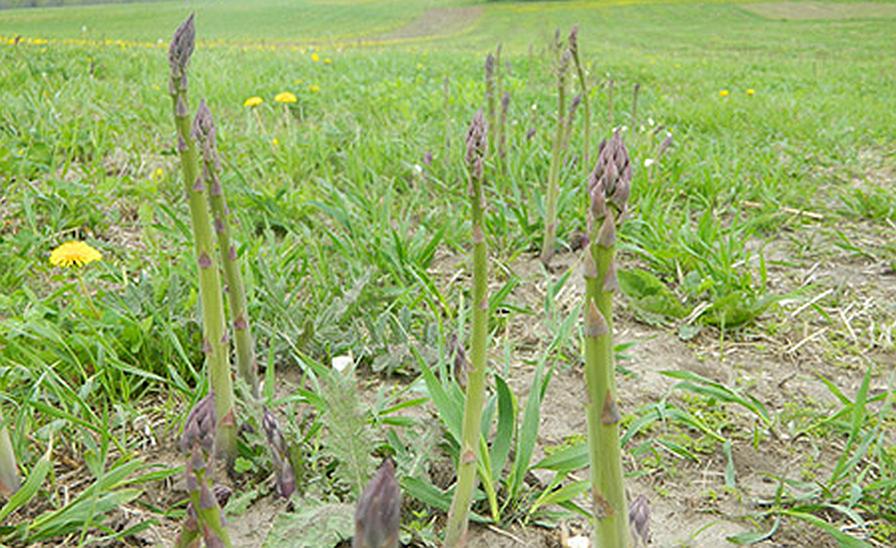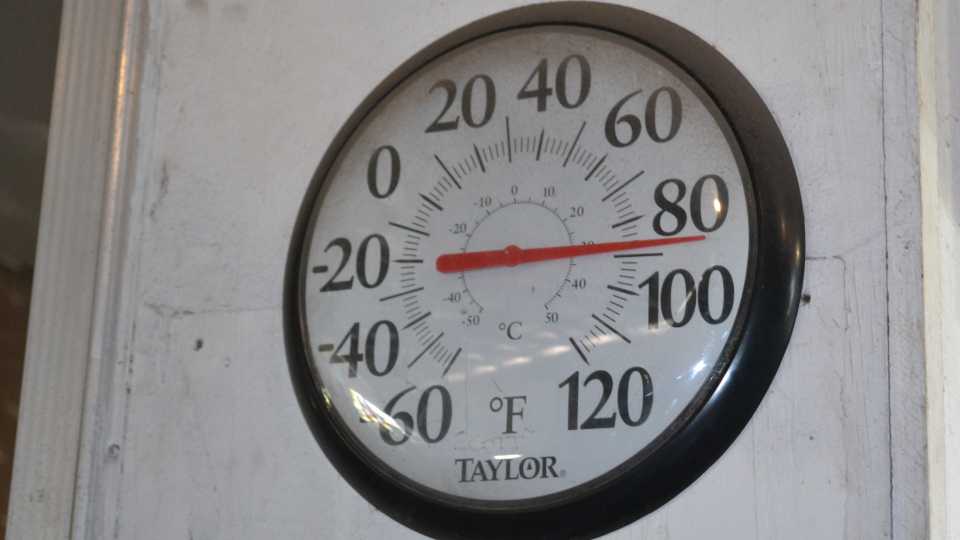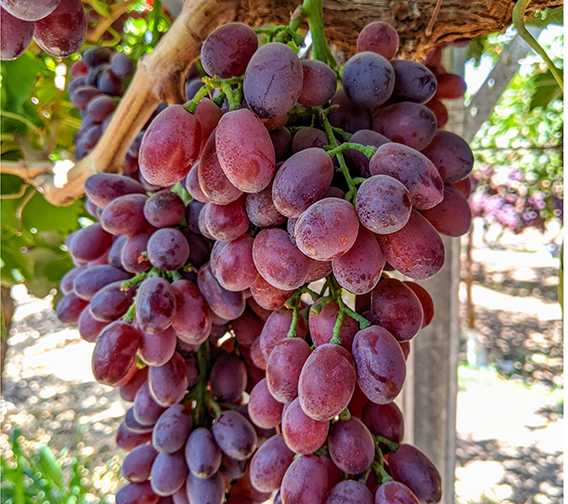Get a Better Handle on Weed Management in Asparagus Crops
Successful asparagus production takes much attention to detail and lots of patience. Among one of the most challenging tasks for asparagus growers is weed management. To dig deeper into this crop protection issue, I reached out to Marissa Schuh, a Horticulture Integrated Pest Management Extension Educator with the University of Minnesota. Check out our Q&A below for tips on weed management in asparagus.
What are the most troublesome weeds for asparagus growers?

Marissa Schuh
Schuh: It’s going to be a little bit different on every farm. Perennial weeds can be especially tricky in asparagus – you don’t have the mechanical options you have in annual crops. In Minnesota, Canada thistle and quackgrass are an issue on many farms. We also have a lot of growers playing around with low-till and organic asparagus. In these fields, there can be all sorts of weed challenges.
What are the biggest weed control challenges in asparagus crops?
Schuh: Asparagus is a very different crop than the rest of our vegetables — it’s perennial, and harvesting is an early season task. People sometimes harvest their asparagus and give their plantings minimal attention otherwise. In this situation, weeds can quickly get out of hand.
Growers have to think about weed control a little differently. Field selection is important for general plant health, but also in determining how much effort you will put into weed control for the patch’s life. In annuals, you can use mechanical means and a wide variety of herbicides to knock back weeds. In asparagus, in-row weeding isn’t always feasible and herbicides are finicky. Asparagus weed management has to be intentionally done during spring planting, spraying, and spring rains. Sometimes finding time is the biggest challenge.
What are your top tips for successful weed management in asparagus?
Schuh: It can be tempting to just let asparagus fall off your radar after you stop picking. But weed management in asparagus is a long game.
One key time for weed management is when the patch is established. Use broad-spectrum herbicides to knock back weed populations before planting asparagus, especially if your farm has perennial weeds. Once asparagus is planted, weed management becomes more tricky, so being intentional about asparagus planting placement and weed control will reduce future headaches. Most herbicides cannot be used on asparagus the first year, though you do have more mechanical weed control options.
Once a field is established, you have two main windows of weed control — before the asparagus emerges early in the spring, then on the day of the final picking. Early in the spring, established plantings can be applied to control weeds before they emerge. Different states have different products available. Read the label carefully for details on REIs, PHIs, and what is needed for product activation.

Mature asparagus spears. This part of the plant continually emerges from the underground buds on the crown of the plant for several weeks in the spring and summer.
Photo courtesy of University of Minnesota Extension
The other window is after the final picking — this is a time you can tackle both emerged and germinating weeds. Synthetic auxin herbicides can be applied in the day-of or day-after final harvest (this helps limit damage to spears or fern). Another option for emerged weeds is glyphosate — to use this, remove all spears so that the patch is totally picked. You can mix glyphosate and a synthetic auxin. This is a helpful combo if you have tricky perennial weeds in your space.
Always check product labels, there can be lots of nuances here. If growers are trying to narrow down products to research or figuring out if products they already own can be used in asparagus, I recommend checking out the Midwest Vegetable Production Guide (https://mwveguide.org/).









